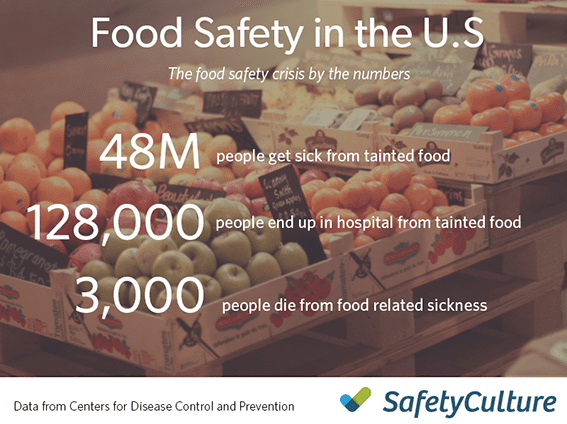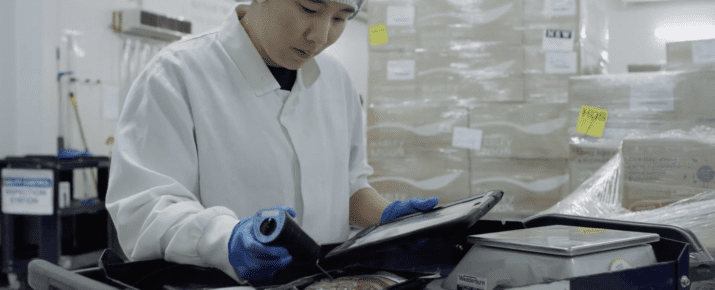Q&A with Food Safety Blogger
Checklist Best Practices | By | 13 Jul 2015 | 2 minute read

Four years ago, after repeated outbreaks of food-borne illnesses, President Obama signed the Food Safety Modernization Act (FSMA), which sought to give the F.D.A increased regulatory powers to focus on preventing contamination. Estimates from the Centres for Disease Control and Prevention records 48 million Americans a year get sick from tainted food and 128,000 Americans end up in hospital, while 3,000 die.
In the war against food poisoning, it seems a simple solution may be the answer. That answer is a checklist; a food safety checklist. Atul Gawande popularized checklists in his book, Checklist Manifesto, which says that something as simple as a checklist can be a key tool in preventing experienced professionals make fatal mistakes.
We wanted to find out more about this pressing issue. Enter Dan Flynn, Editor in Chief of Food Safety News. We asked Dan about food safety, the FSMA and the need for checklists.

1. We are seeing food safety issues arising all throughout the U.S. What are your thoughts on the problem? What are the biggest challenges facing the industry?
The U.S. demands a “zero tolerance” food safety system. The food industry and government regulators are daily challenged to meet that expectation. Mistakes are not accepted. Numerous demands on the food industry means it must make changes while maintaining top levels of performance.
2. How does the introduction of the FSMA effect the industry? Is it welcomed?
Generally speaking, the food industry brought the FSMA upon itself. With perhaps the exception of the fresh produce industry, they even supported its adoption. The goal is to move to a preventive approach from a reactive one. The transition is turning out to be long and costly for the industry and government, but if they get there, it will be worth it.
3. How is the industry currently conducting their safety audits?
The use of audits or third-party audits varying by the various segments of the industry. It remains to be seen how third-party auditing will come to be accepted by FDA for verifying qualifications and performance of foreign suppliers. One common situation now is that retailers will require producers to obtain third party audits. When those have occurred and are followed by a major outbreak, they are often subject to criticism and even ridicule.
4. Why do you think the industry needs to move towards a digital checklist?
I think the complexity of the demands for collecting and storing information is going to make a very difficult to accomplish without being open to new technology all the way around.
5. Additional comments:
One aspect of FSMA implementation that most people don’t think about is that it could be years before the first FDA agent shows up in your business. In the meantime, you are responsible for being able to demonstrate you’ve been in compliance with the FSMA from Day One.
iAuditor has a number of food safety checklists within the public library. Get started and download it today.
Important Notice
The information contained in this article is general in nature and you should consider whether the information is appropriate to your specific needs. Legal and other matters referred to in this article are based on our interpretation of laws existing at the time and should not be relied on in place of professional advice. We are not responsible for the content of any site owned by a third party that may be linked to this article. SafetyCulture disclaims all liability (except for any liability which by law cannot be excluded) for any error, inaccuracy, or omission from the information contained in this article, any site linked to this article, and any loss or damage suffered by any person directly or indirectly through relying on this information.





